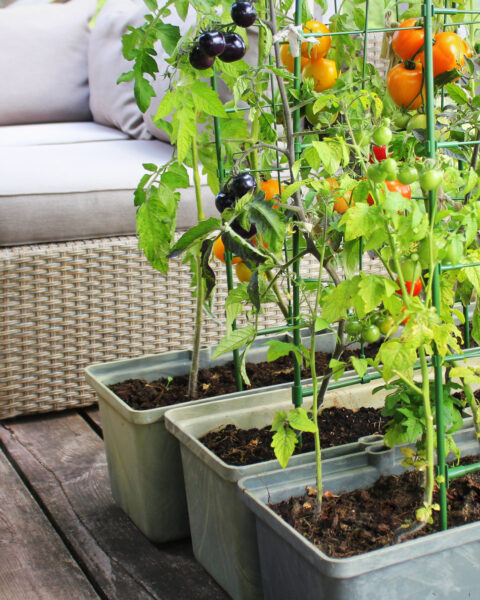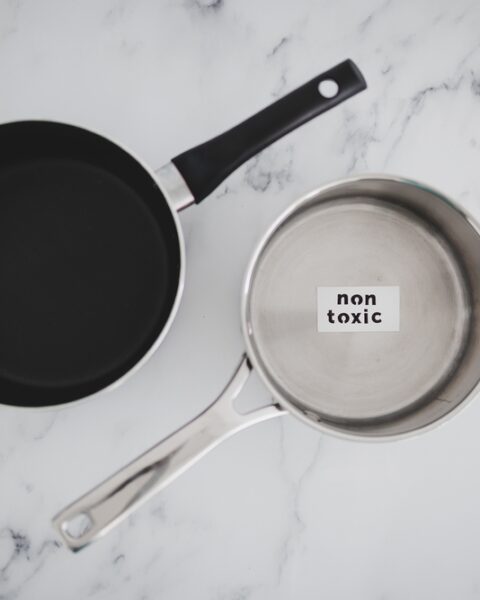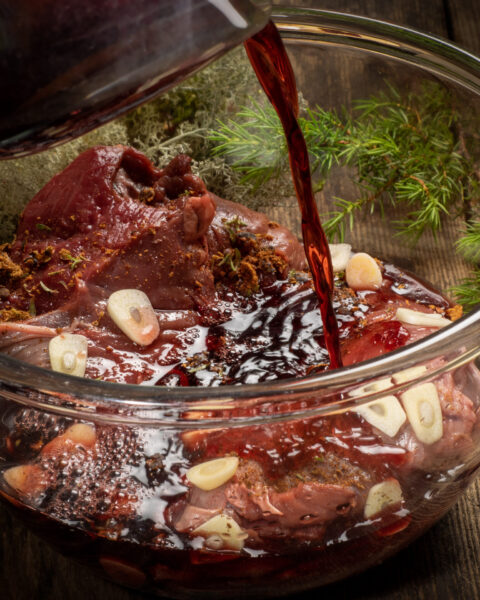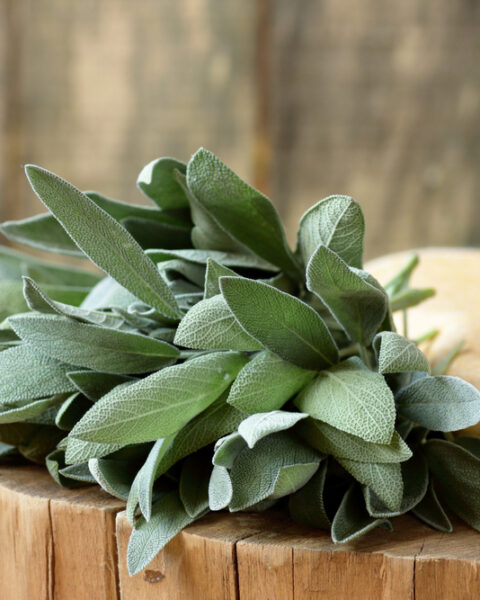Baking is as much a science as it is an art, and even the smallest mistake can turn a delicious dessert into a disappointing disaster. These baking errors can be frustrating for any home baker. But before you throw in the apron, it’s worth taking a closer look at what might be going wrong in your kitchen. Here are some common baking errors that could be sabotaging your sweets, and how you can avoid them to ensure your desserts turn out perfectly every time.
Contents
- 1 Overmixing the Batter
- 2 Using Expired Baking Powder or Baking Soda
- 3 Not Measuring Ingredients Correctly
- 4 Opening the Oven Door Too Often
- 5 Ignoring Oven Hot Spots
- 6 Not Preheating the Oven Properly
- 7 Using Cold Ingredients When Room Temperature Is Required
- 8 Overbaking
- 9 Substituting Ingredients Without Adjusting the Recipe
- 10 Skipping the Cooling Process
- 11 Not Using the Right Pan Size
- 12 Improperly Creaming Butter and Sugar
- 13 Skipping the Sifting Process
- 14 Overcrowding the Oven
- 15 Overworking Pastry Dough
- 16 Not Allowing Yeast Dough to Proof Properly
- 17 More From RetailShout
- 18 ALDI’s 20 Sneak Peek Finds for the Week of 12/11/24 – 12/17/24
- 19 12 Awesome Gifts From Target You’ll Want to Grab
Overmixing the Batter
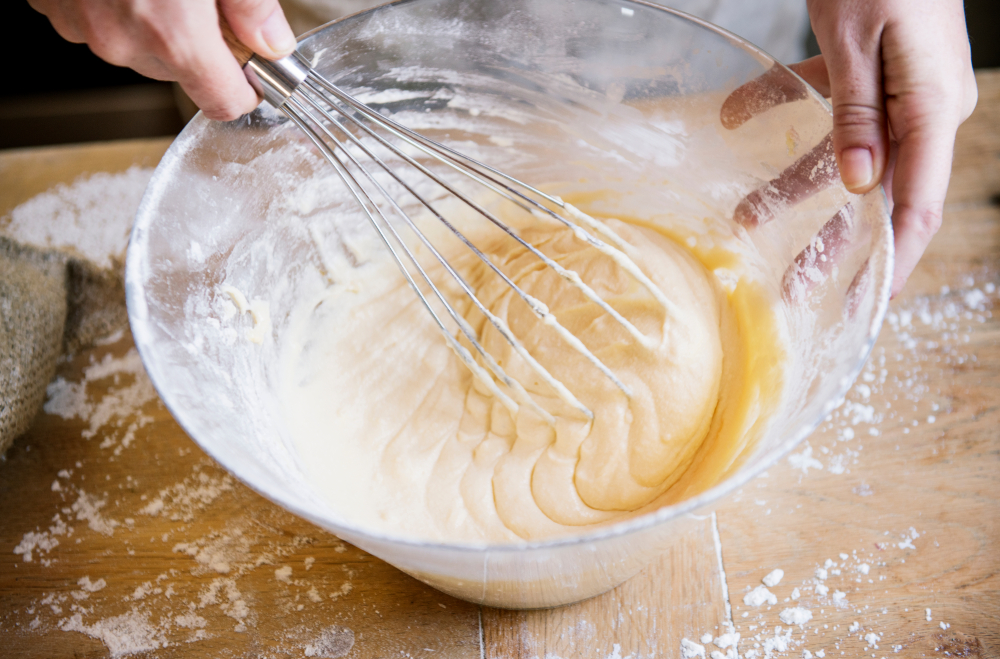
Overmixing is one of the most common mistakes in baking, leading to dense and tough desserts. When you mix the batter excessively, you activate the gluten in the flour, which can cause baked goods to lose their tenderness. This is particularly problematic with cakes and muffins, where a light, airy texture is desired. To avoid this, mix your ingredients just until they are combined, and no more. Folding in delicate ingredients like whipped egg whites or flour should be done gently to maintain the desired consistency.
Using Expired Baking Powder or Baking Soda
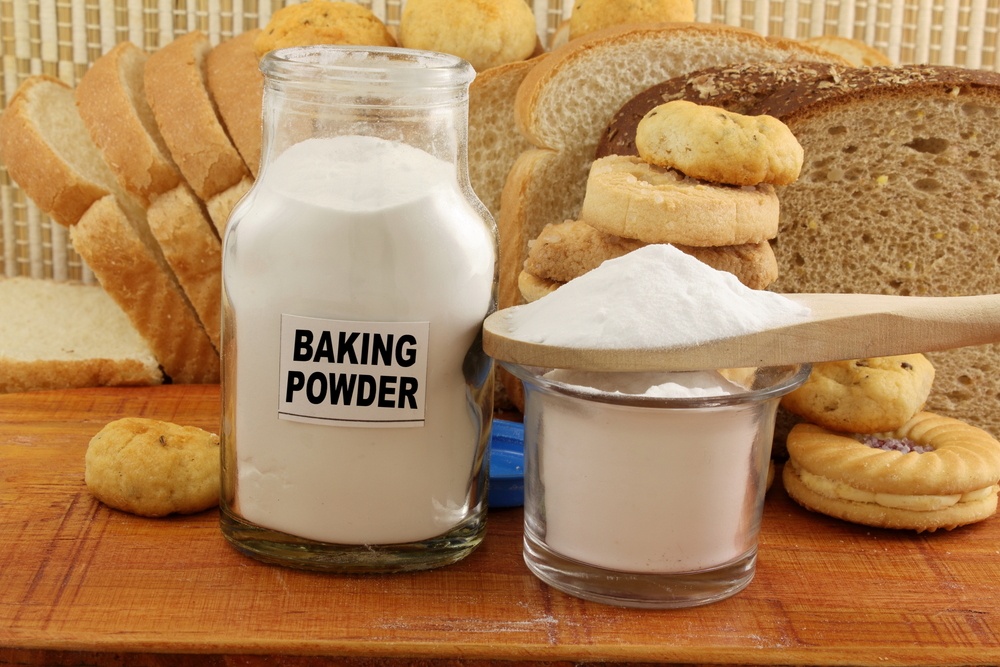
Expired leavening agents like baking powder or baking soda can be the silent culprits behind flat, lifeless desserts. These ingredients lose their potency over time, meaning they won’t provide the necessary lift to your cakes, cookies, or bread. Always check the expiration date before starting your recipe, and test the potency by adding a little to some vinegar (for baking soda) or hot water (for baking powder). If there’s no fizzing reaction, it’s time to replace them.
Not Measuring Ingredients Correctly
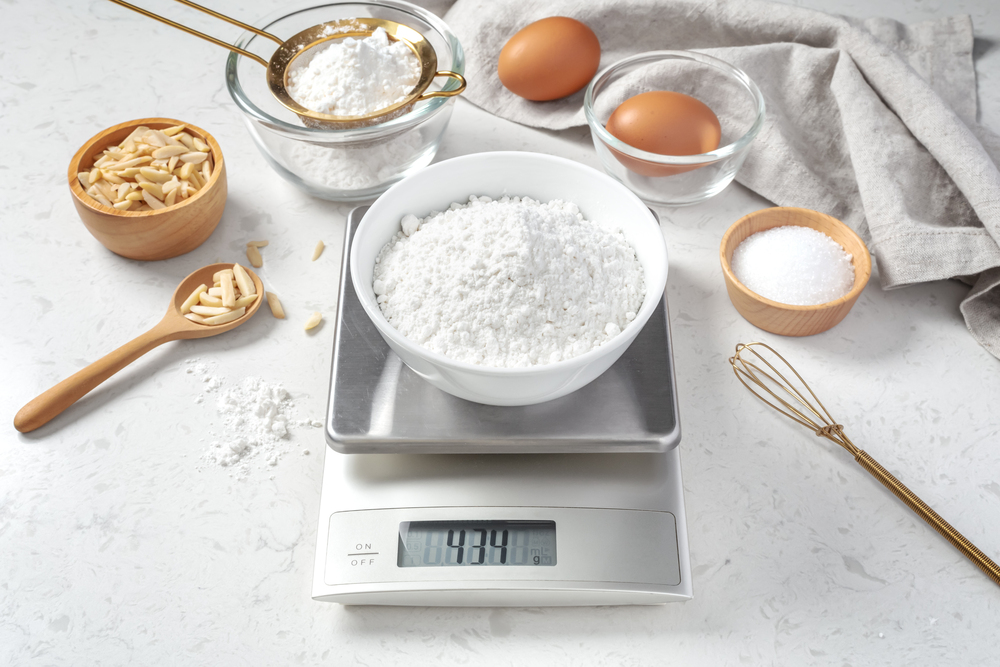
Baking is a science, and precision is key to success. One of the biggest errors is not measuring ingredients accurately, whether it’s adding too much flour or too little sugar. Using the wrong amounts can alter the texture, flavor, and overall success of your dessert. Always use proper measuring cups for dry and wet ingredients and level off dry ingredients with a flat edge for accuracy. A digital scale can also be incredibly useful for ensuring precise measurements.
Opening the Oven Door Too Often
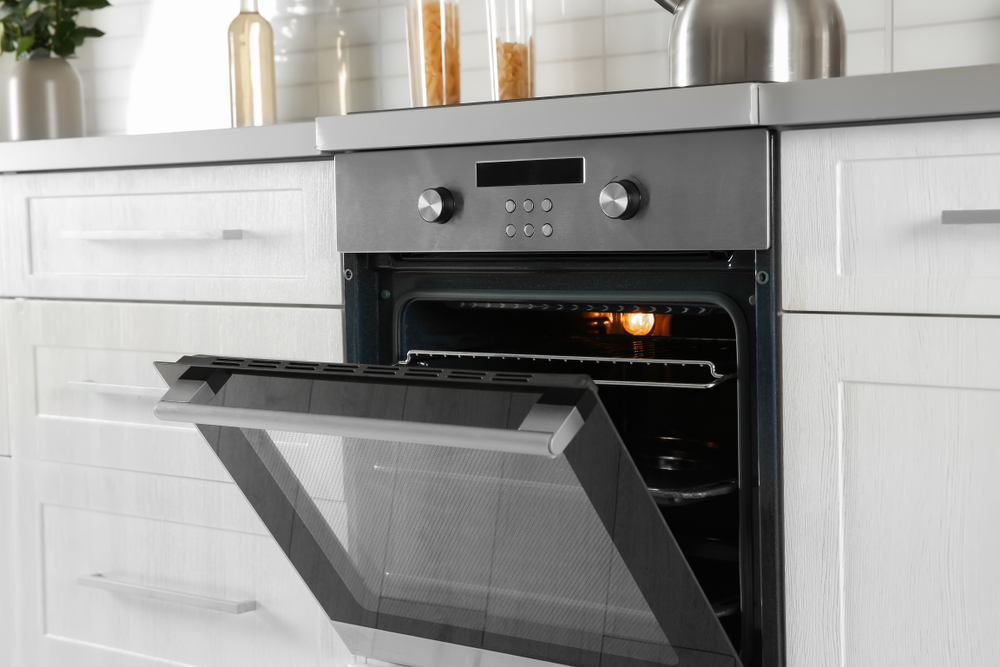
It’s tempting to check on your cake or cookies frequently, but each time you open the oven door, you let out heat, which can cause uneven baking. The sudden drop in temperature can lead to cakes collapsing or cookies not baking evenly. It’s best to rely on your oven’s light and window to monitor progress. If you must open the door, do so sparingly and quickly to minimize the loss of heat.
Ignoring Oven Hot Spots
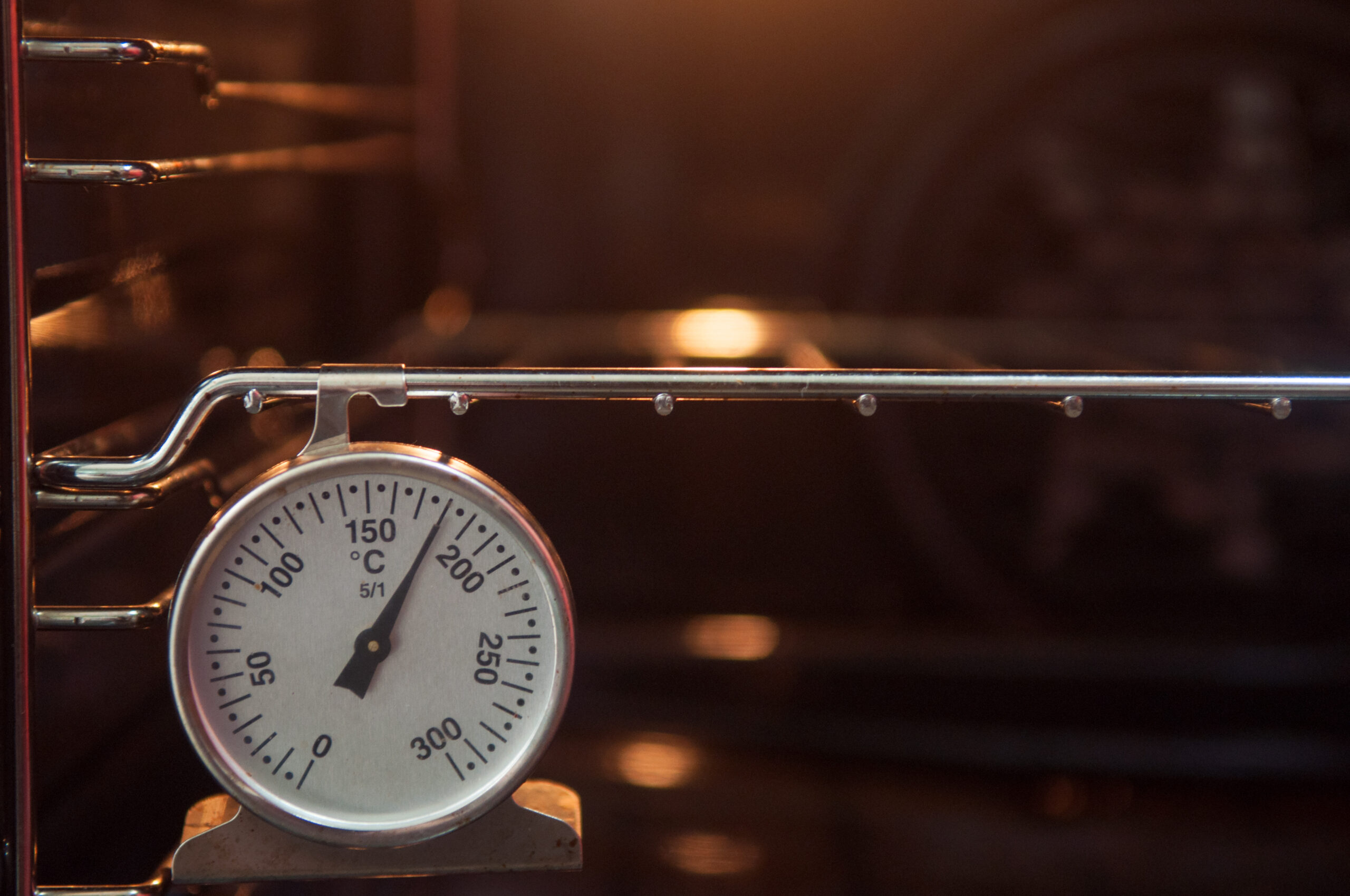
Many home ovens have hot spots, areas that bake more quickly than others, leading to unevenly cooked desserts. This can result in cakes that are burnt on one side and undercooked on the other. To avoid this, use an oven thermometer to check the accuracy of your oven’s temperature and rotate your pans halfway through baking. Understanding your oven’s quirks can help you adjust baking times and temperatures accordingly.
Not Preheating the Oven Properly
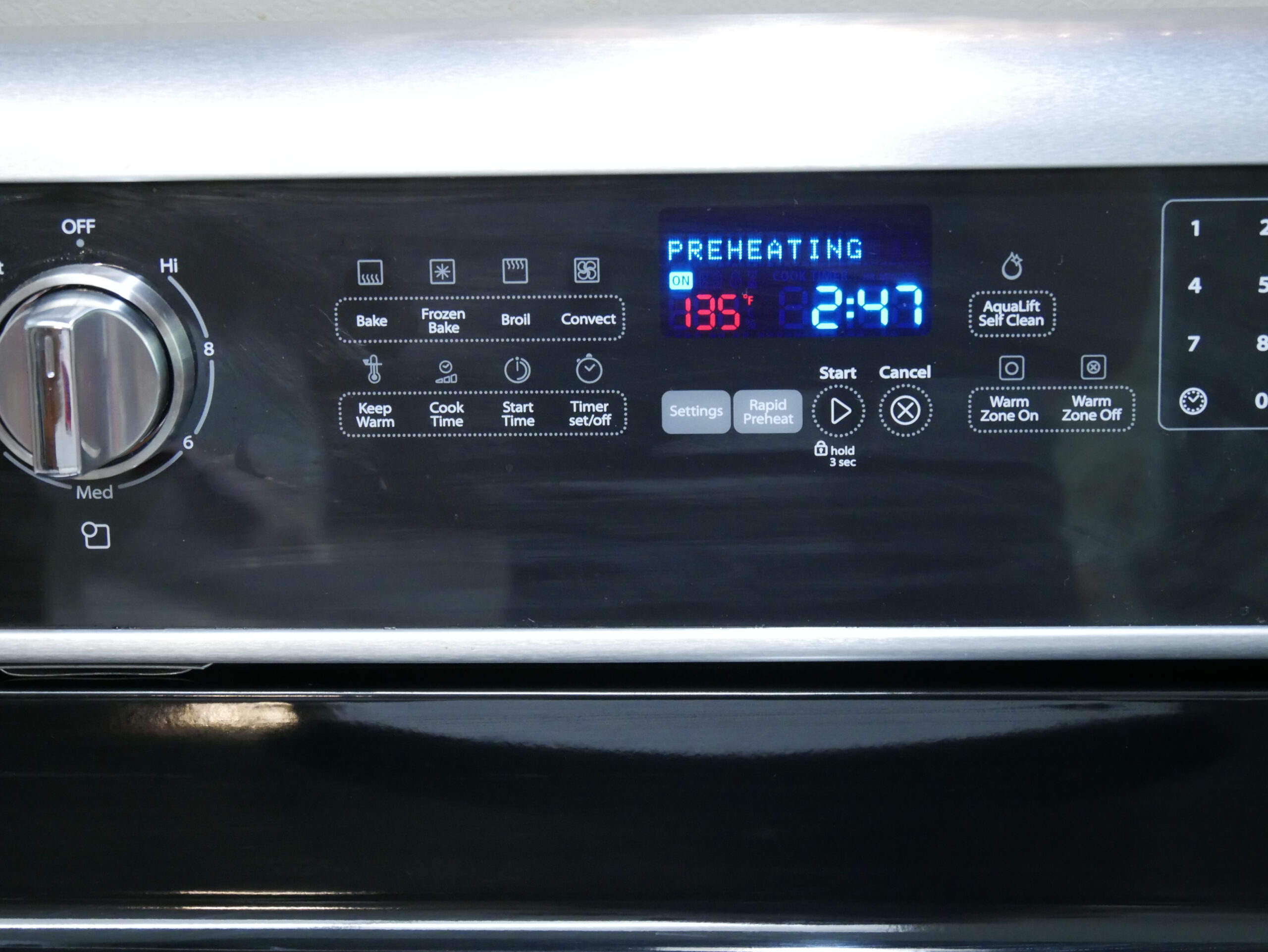
Preheating the oven is crucial for achieving consistent results in baking. If you place your dessert in an oven that hasn’t reached the correct temperature, it can lead to uneven rising, dense textures, or overly browned exteriors with undercooked interiors. Always allow your oven to fully preheat to the specified temperature before baking, and consider using an oven thermometer to ensure accuracy, as some ovens run hotter or cooler than their settings.
Using Cold Ingredients When Room Temperature Is Required
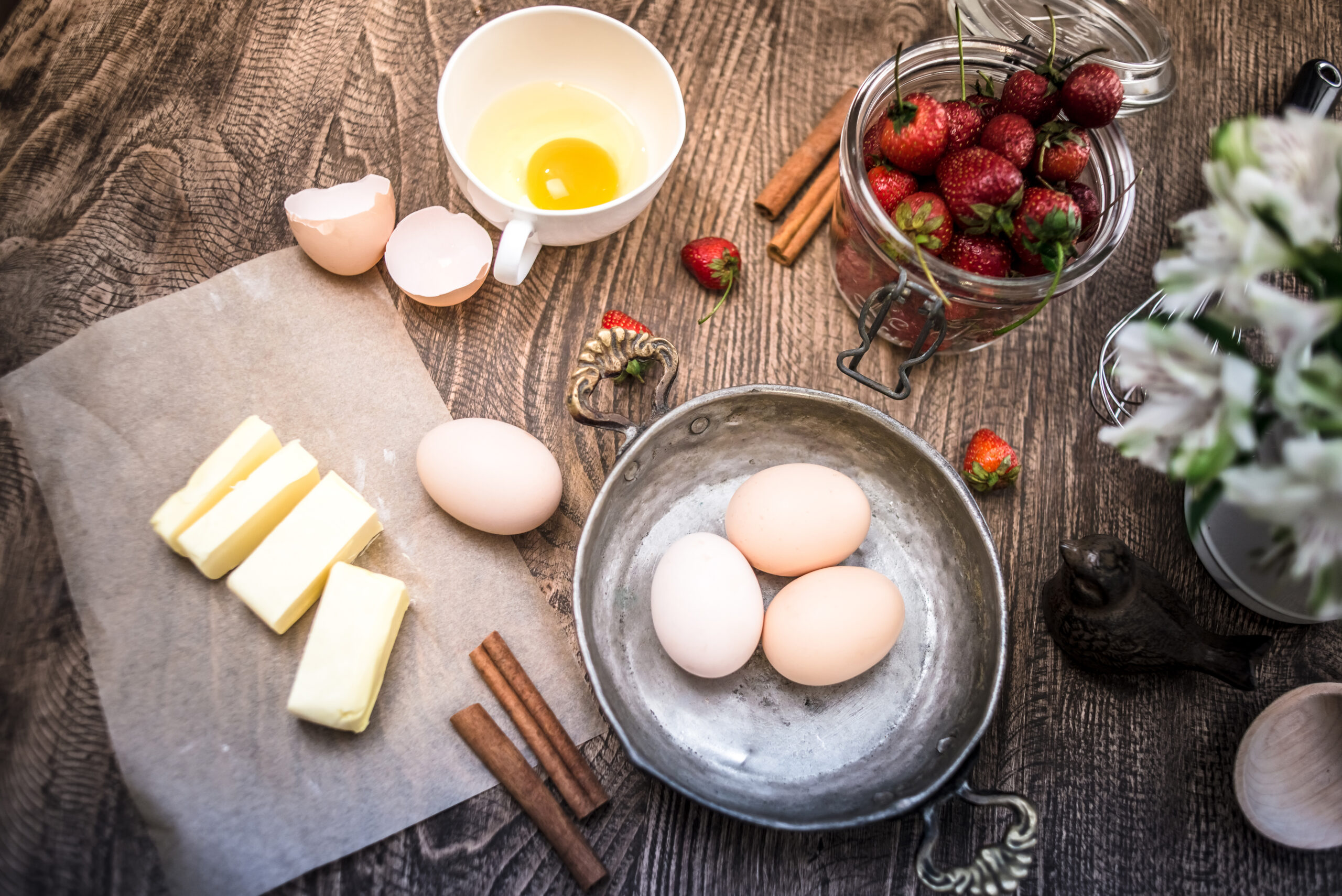
Many baking recipes call for ingredients like butter, eggs, and milk to be at room temperature. Using cold ingredients can result in a lumpy batter or uneven baking. Cold butter, for instance, doesn’t cream well with sugar, leading to dense, heavy cakes. To avoid this, plan ahead and take your ingredients out of the fridge well before you start baking. If you forget, you can quickly warm eggs by placing them in a bowl of warm water for a few minutes.
Overbaking

Overbaking can turn what should be a moist, tender dessert into something dry and crumbly. It’s easy to lose track of time, but even a few extra minutes can make a big difference in the final product. Always start checking for doneness a few minutes before the end of the recommended baking time. Use a toothpick or cake tester to check if your dessert is done—if it comes out with just a few crumbs, it’s ready. Remember, baked goods often continue to cook slightly even after they’ve been removed from the oven.
Substituting Ingredients Without Adjusting the Recipe
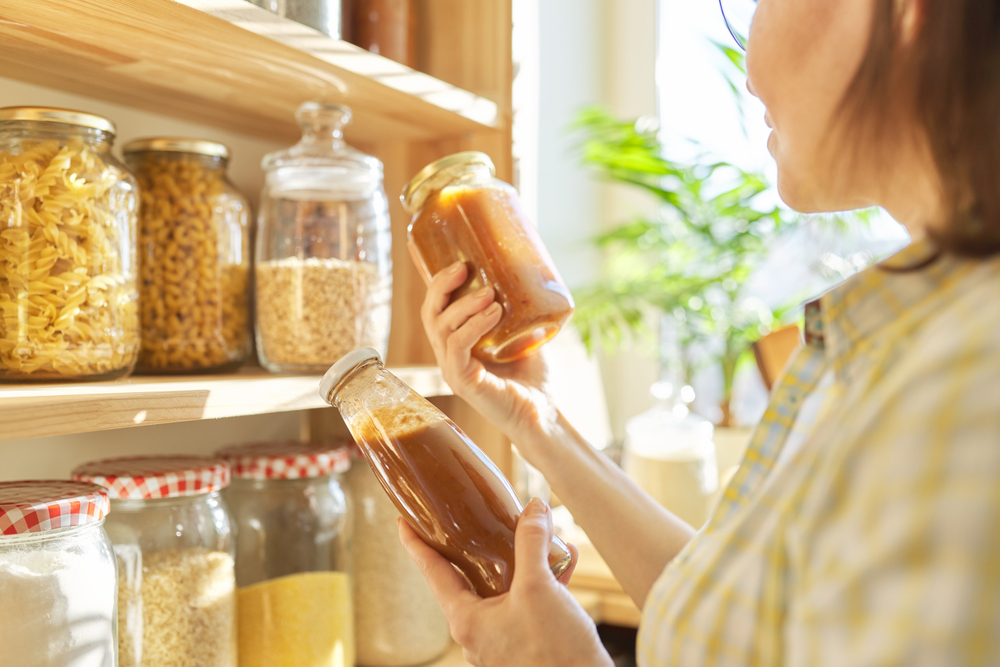
Substituting ingredients can lead to unexpected results, especially in baking, where ratios and chemistry are critical. For example, swapping out butter for oil without adjusting other aspects of the recipe can result in a greasy, dense cake. Similarly, using a different type of flour without considering its gluten content can affect texture. If you must substitute, do some research or use a trusted substitution guide to make the necessary adjustments to your recipe.
Skipping the Cooling Process
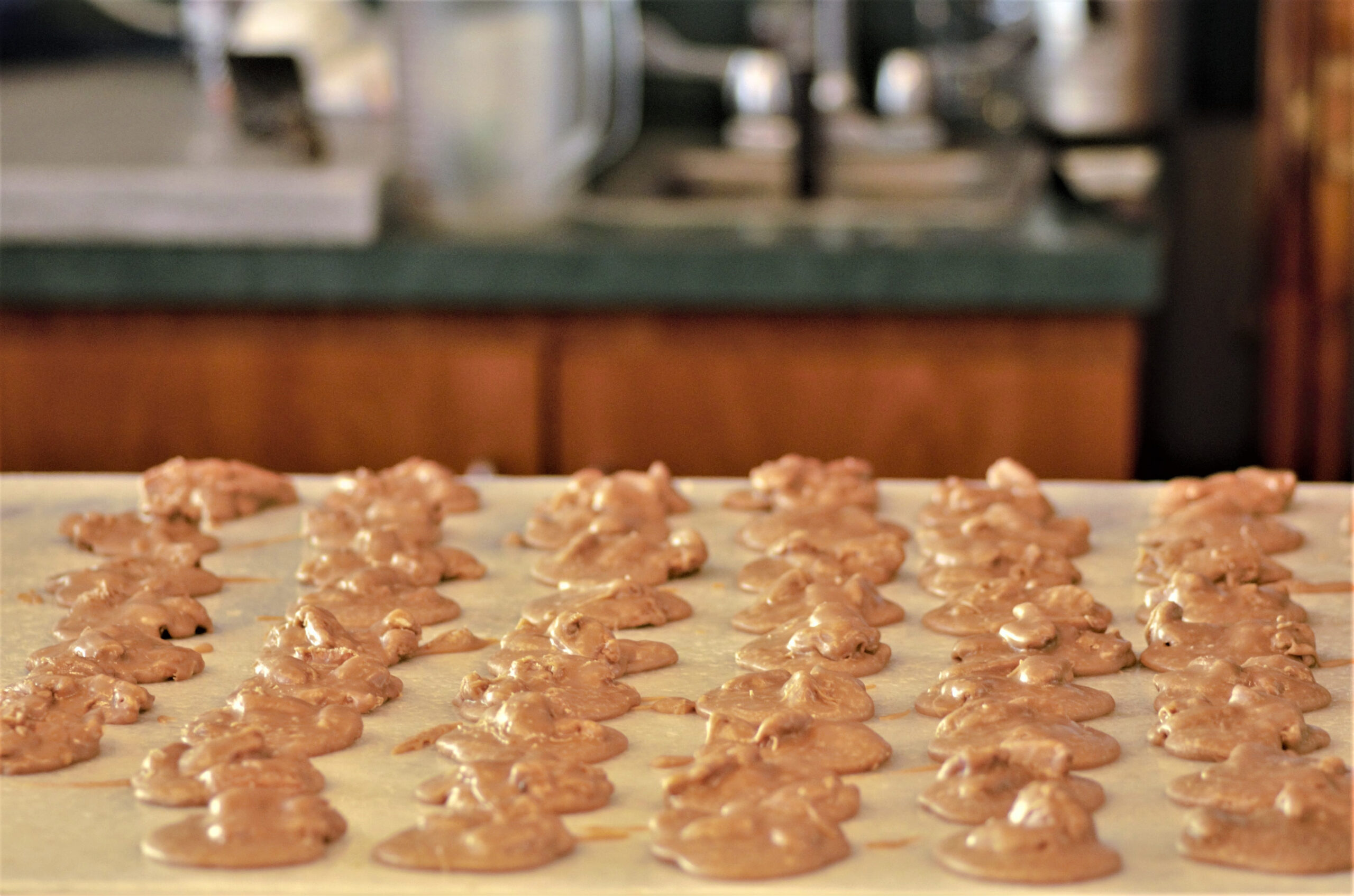
Cooling is an essential step in baking that many people overlook. Skipping or rushing the cooling process can lead to a ruined dessert, as it allows baked goods to finish setting and often enhances flavors. For example, cutting into a cake or removing cookies from the baking sheet too soon can cause them to fall apart. Always follow the cooling instructions in your recipe, and use wire racks to allow for even air circulation around your baked goods.
Not Using the Right Pan Size
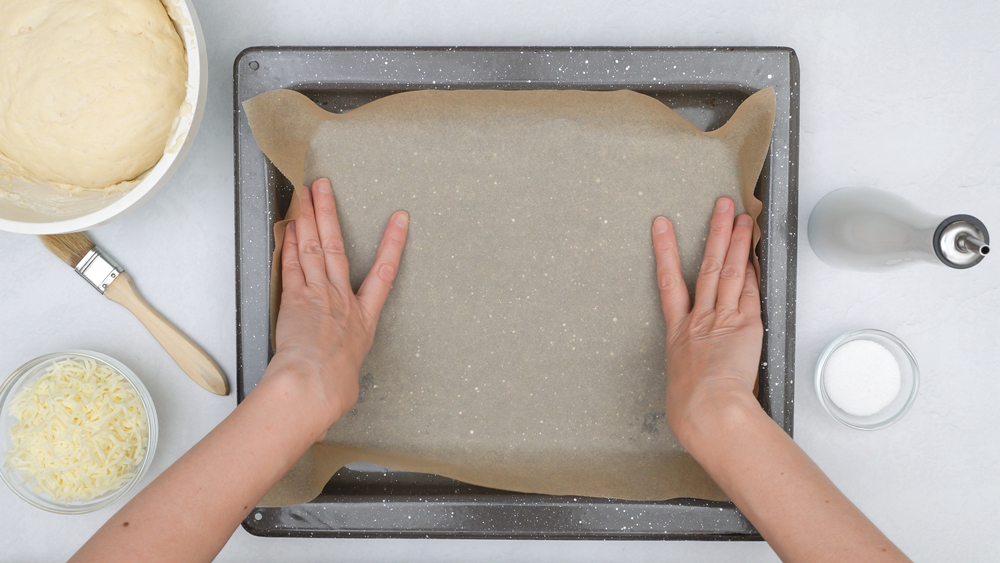
Using the wrong pan size can dramatically affect the outcome of your dessert. If a recipe calls for a specific size and you use a larger or smaller one, it can lead to improper cooking times and textures. A cake baked in a too-small pan might overflow, while one in a too-large pan may turn out flat and dry. Always follow the recipe’s pan size recommendations, and if you must use a different size, adjust the baking time and temperature accordingly.
Improperly Creaming Butter and Sugar
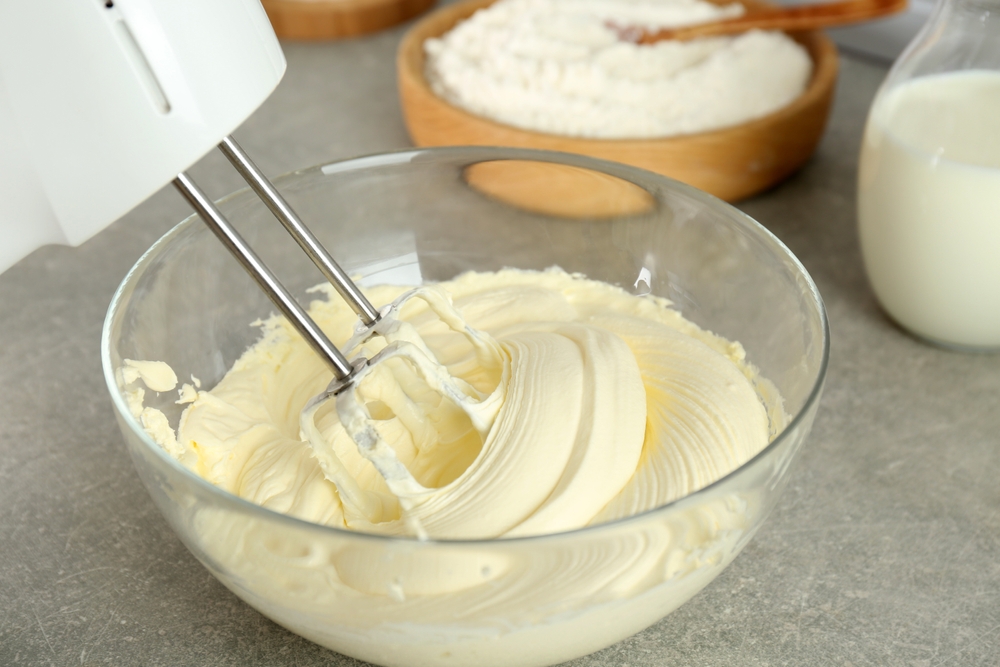
Creaming butter and sugar is a critical step in many dessert recipes, as it helps to incorporate air into the batter, resulting in a light, fluffy texture. If you don’t cream these ingredients together long enough, or if your butter is too cold, the result can be dense and heavy. Make sure to beat the butter and sugar until the mixture is pale and fluffy, which usually takes several minutes. Proper creaming creates the foundation for the perfect rise and texture in your baked goods.
Skipping the Sifting Process
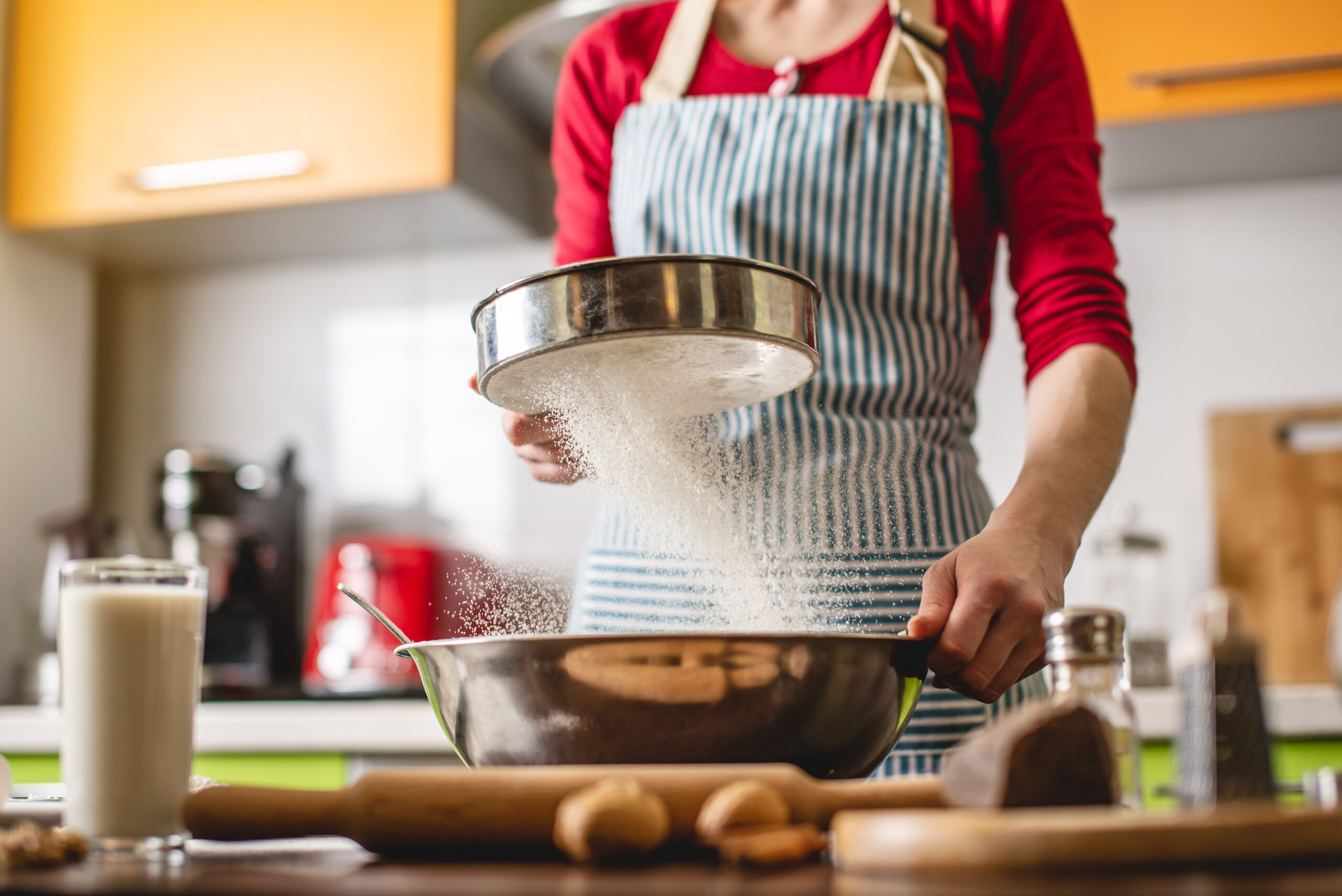
Sifting dry ingredients, particularly flour and cocoa powder, helps to remove lumps and aerate the mixture, resulting in a lighter, more uniform texture in your baked goods. Skipping this step can lead to clumps in your batter, which can cause uneven baking and dense spots in your cake or cookies. Always sift your dry ingredients unless the recipe specifically states that it’s not necessary. This simple step can make a significant difference in the final product.
Overcrowding the Oven
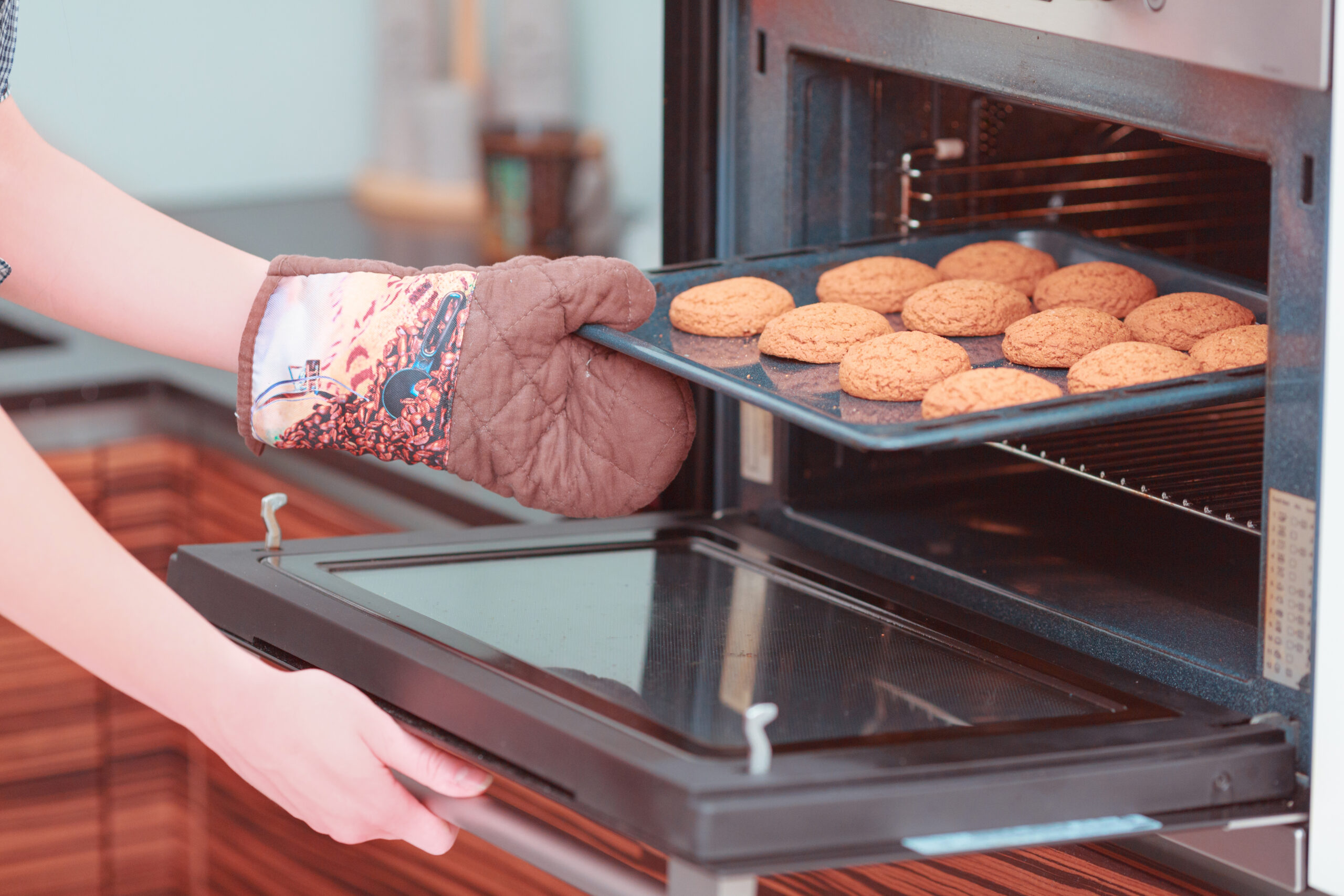
When you try to bake too many things at once, you risk blocking the heat circulation, leading to uneven baking. Desserts placed too close together might not bake evenly, resulting in parts that are overcooked while others remain underdone. For best results, give your desserts plenty of space on the racks, and if you’re baking multiple items, rotate them halfway through the baking time to ensure even cooking. This is especially important for delicate items like macarons or meringues, where even heat distribution is crucial.
Overworking Pastry Dough
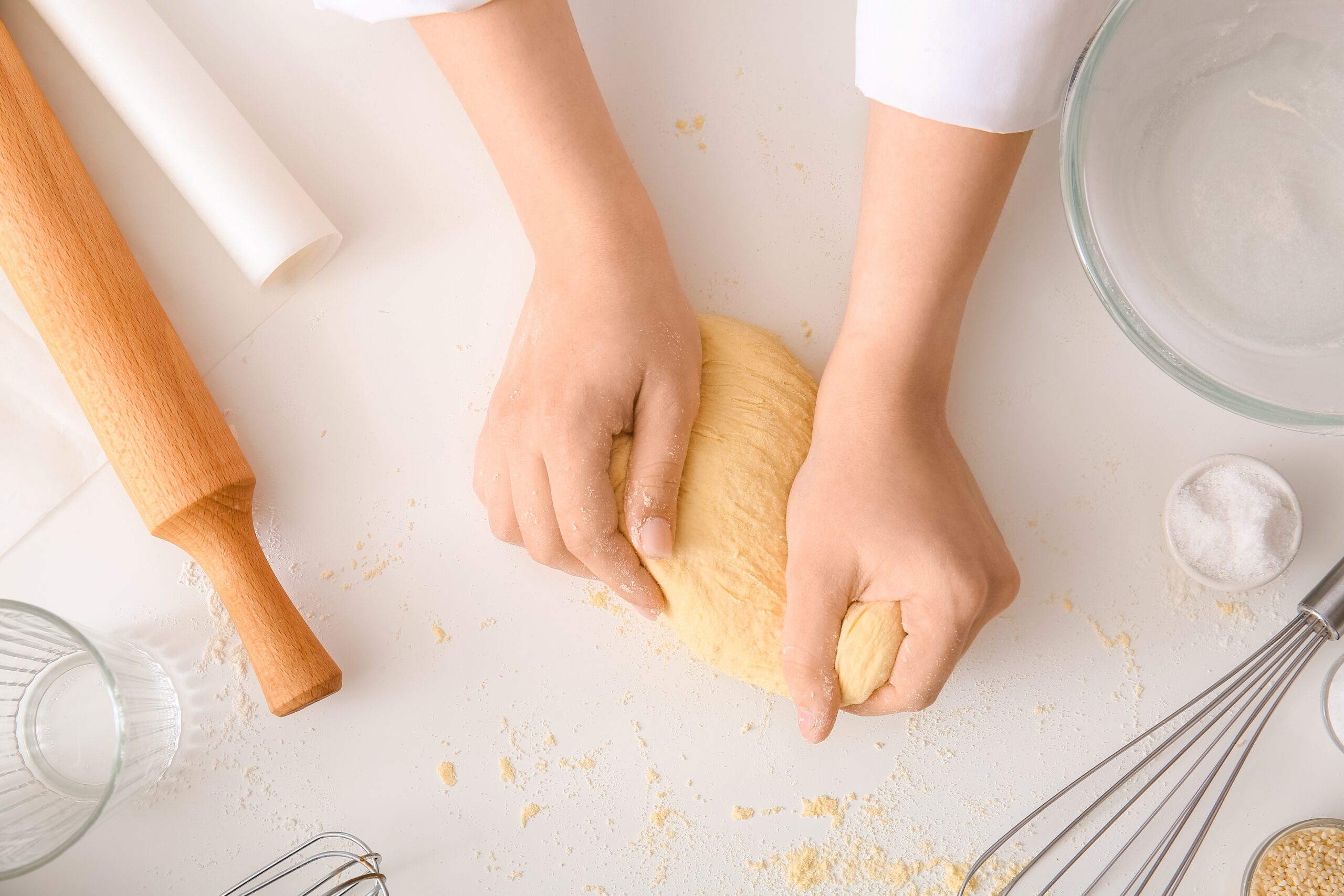
When making pastry dough, it’s important to handle it as little as possible to keep it tender and flaky. Overworking the dough, either by kneading it too much or rolling it out repeatedly, can cause the butter to melt and the gluten to develop too much, leading to tough, dense pastry. To avoid this, work quickly and efficiently, and try to keep the dough as cool as possible. If the dough becomes too warm, refrigerate it briefly before continuing.
Not Allowing Yeast Dough to Proof Properly
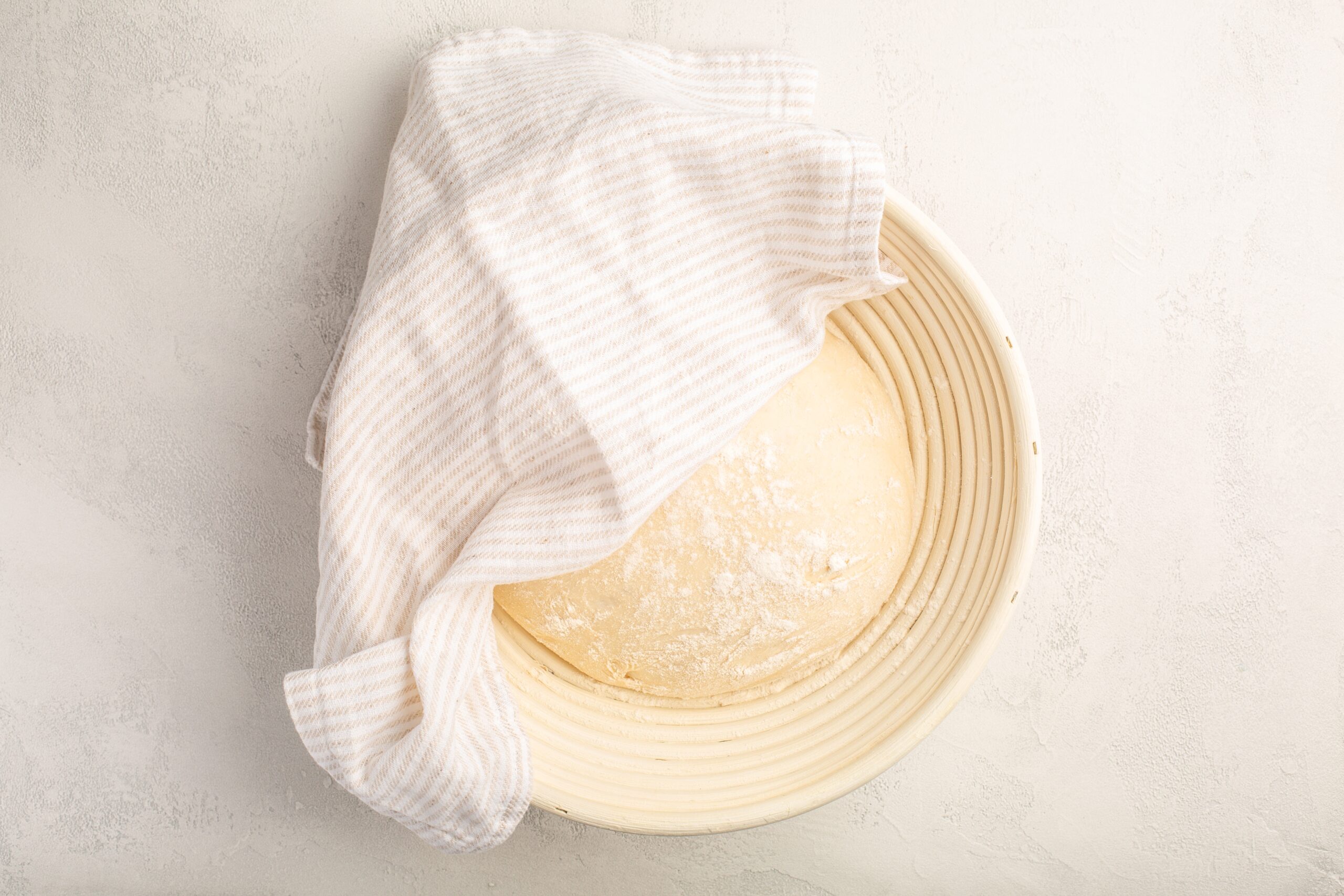
Proofing is a crucial step in yeast-based recipes, as it allows the dough to rise and develop flavor. Skipping or shortening this step can result in dense, flat bread or rolls that lack the airy, tender texture you’re aiming for. Yeast needs time to work, so it’s important to let the dough rise in a warm, draft-free environment until it has doubled in size. If you’re in a hurry, you can use a proofing drawer or warm oven to speed up the process, but never skip it entirely.
This article originally appeared on RetailShout.
More From RetailShout
This Week’s 13 Hottest Finds at Costco (12/08/2024)

Costco never fails to surprise shoppers with incredible finds, and this week is no exception. From seasonal treats to must-have gadgets, the aisles are packed with items that offer value and quality. Read More.
ALDI’s 20 Sneak Peek Finds for the Week of 12/11/24 – 12/17/24

The holiday season just got even better with ALDI’s latest Sneak Peek finds! Whether you’re sprucing up your home, searching for thoughtful gifts, or snagging fun treats for the family, this week’s lineup has something for everyone. Read More.
12 Awesome Gifts From Target You’ll Want to Grab

Target is one of the best places to find unique gifts that everyone will love, whether you’re shopping for a friend, family member, or treating yourself. From cozy home goods to cool gadgets, Target has something for every occasion. Read More.

